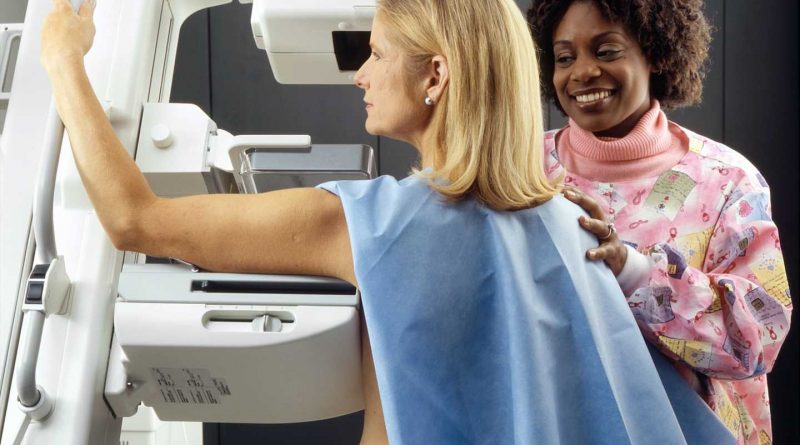Changing breast screening timelines would increase detected cases and uptake

A new study led by Queen Mary University of London, published in the Journal of Medical Screening, has found that using a longer interval between screens but a higher uptake in the NHS screening program for breast cancers could detect more cancers early than with the current interval and uptake rates. For example, a four year interval with 62 percent uptake would lead to 295 screen detected cancers per 10,000 invited, compared with 222 cancers with a 3-year round.
Professor Stephen Duffy from Queen Mary who led the study, in collaboration with researchers from NHS England and Improvement, University College London and Peel & Schriek Consulting Limited, used statistical modeling to estimate the differences made by altering screening timelines, and policies to promote uptake. The study used published research results as well as statistics from the NHS Breast Screening program.
The research found that a greater total number of cancers would be screen detected with a four-year round length and increased uptake, and therefore potentially detected at an earlier stage. Existing data shows that the five year survival rate for women with breast cancer is substantially higher when detected at the earliest stage (98 percent) compared to the latest (26 percent).
The NHS breast screening program in England invites around three million asymptomatic women and detects around 19,000 breast cancers each year. The program currently issues open invitations, following which women must actively make an appointment themselves. This leads to lower uptake than the previous policy of sending an appointment date, time, and place with the invitation, although it means faster coverage of the eligible population by invitation, and therefore closer adherence to a round length of three years.
However, prior to the pandemic, the NHS Breast Screening Program opted to send timed and located appointments when sending out invitations, as opposed to open appointments.
The results suggest that it may be more productive for early detection to focus on uptake, rather than round length in the program’s recovery from the pandemic. Study authors do not advocate longer intervals between screens but conclude that some sacrifice of round length could be beneficial in the subsequent higher number of women who will attend screening appointments.
Source: Read Full Article



